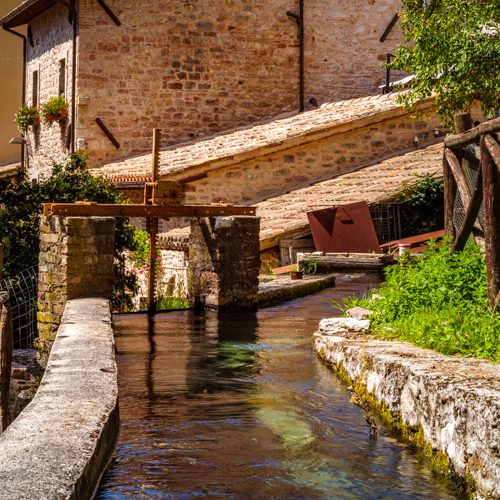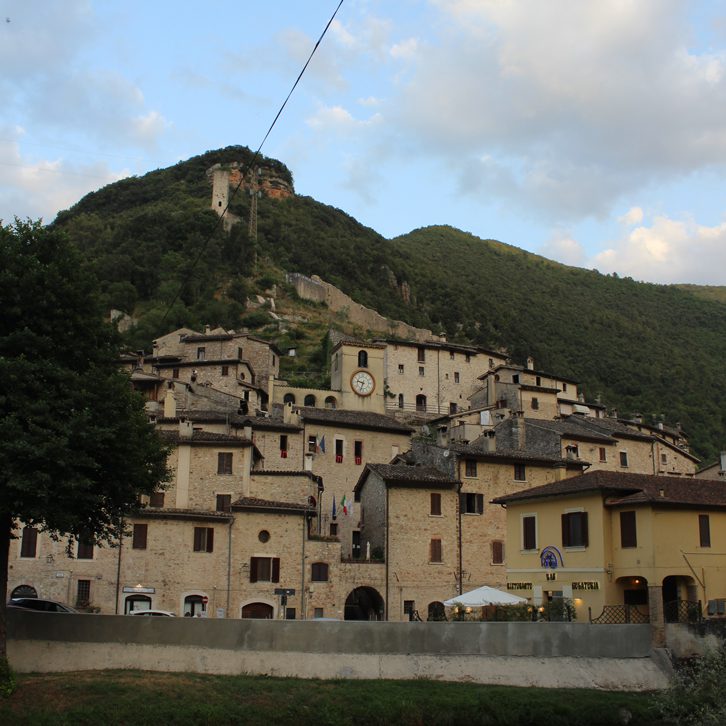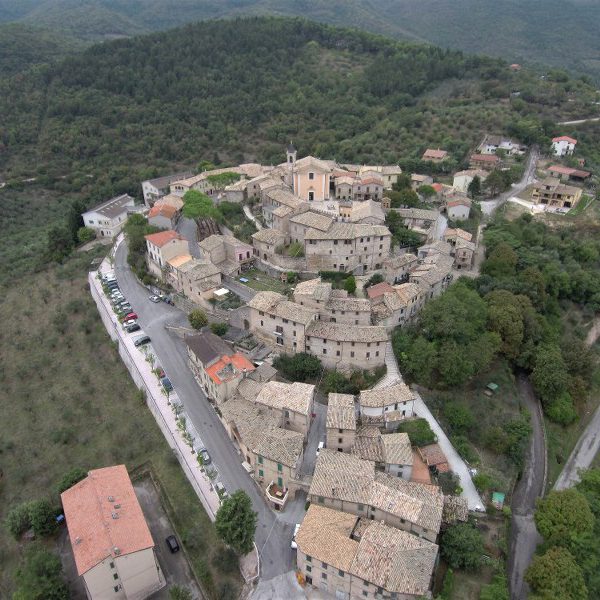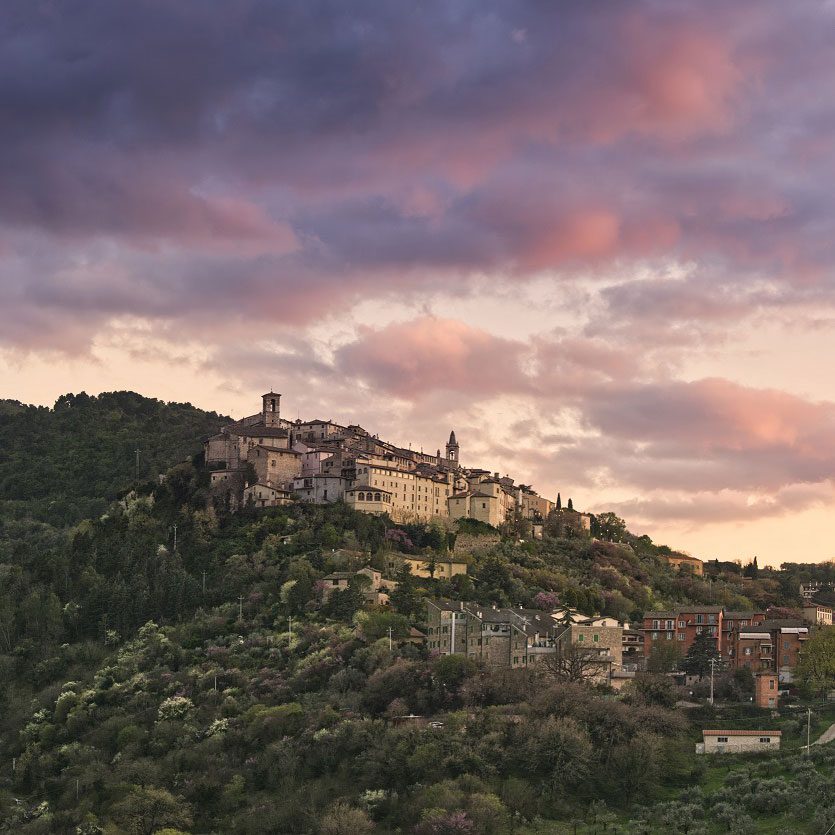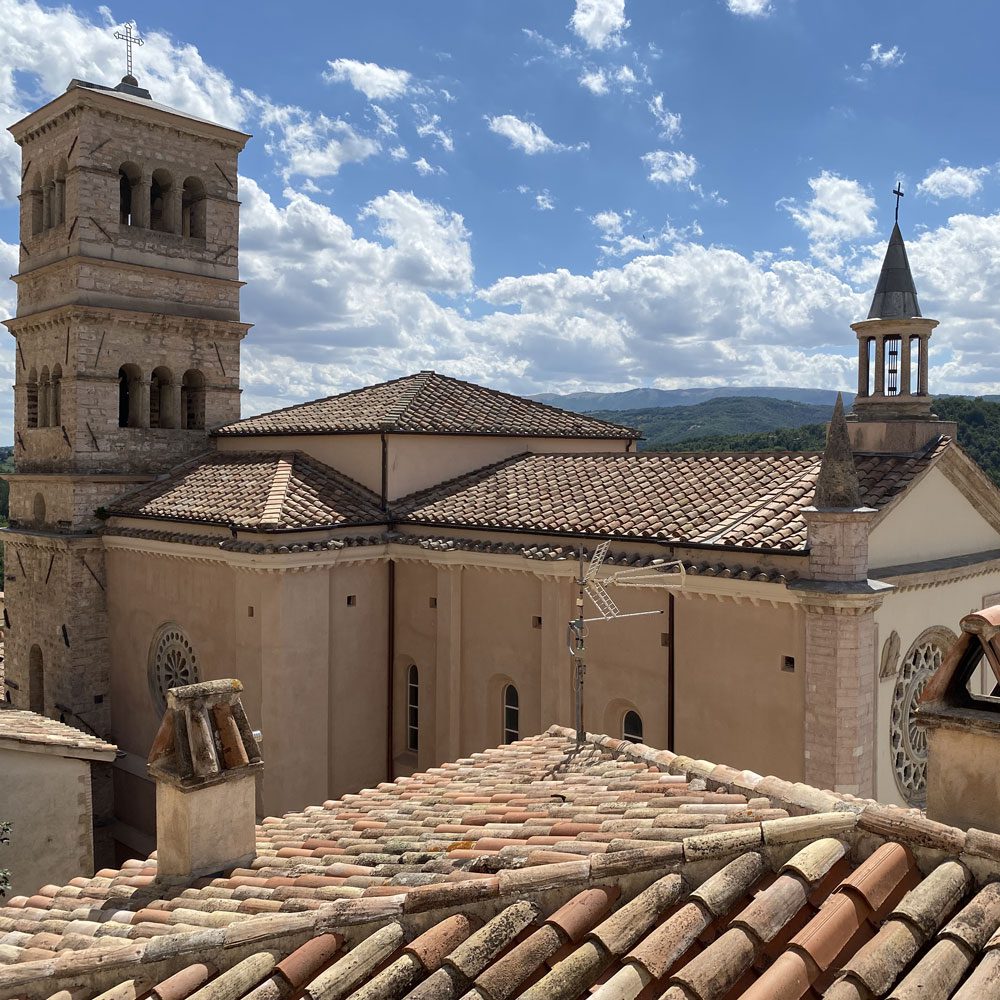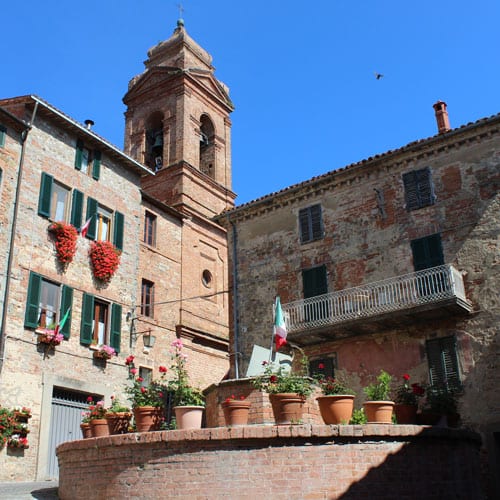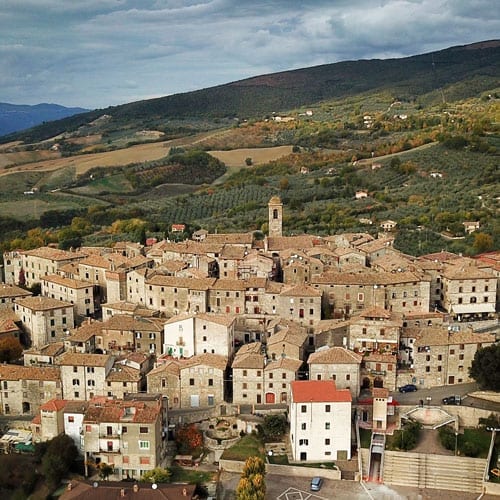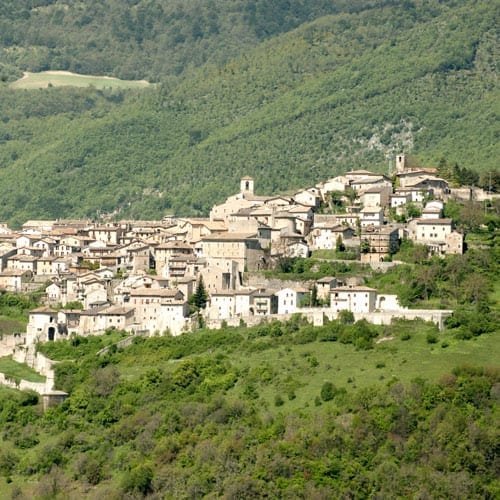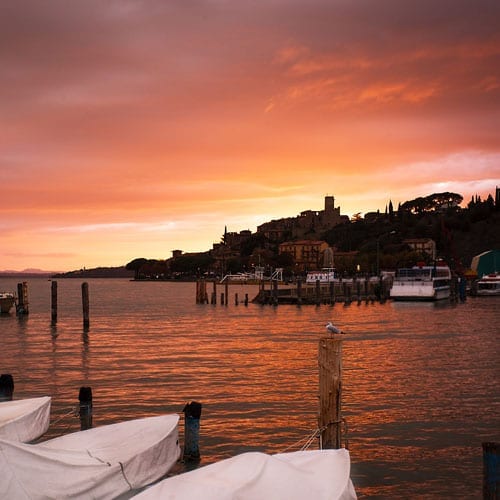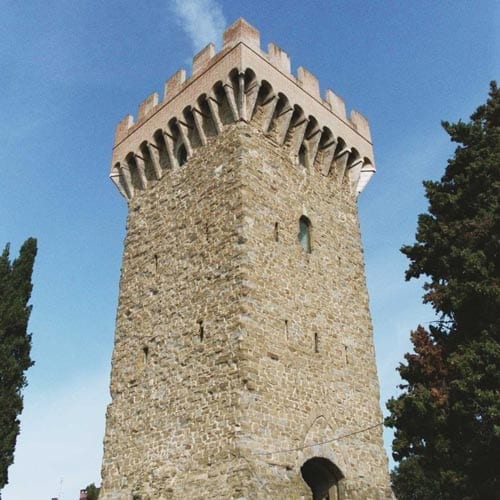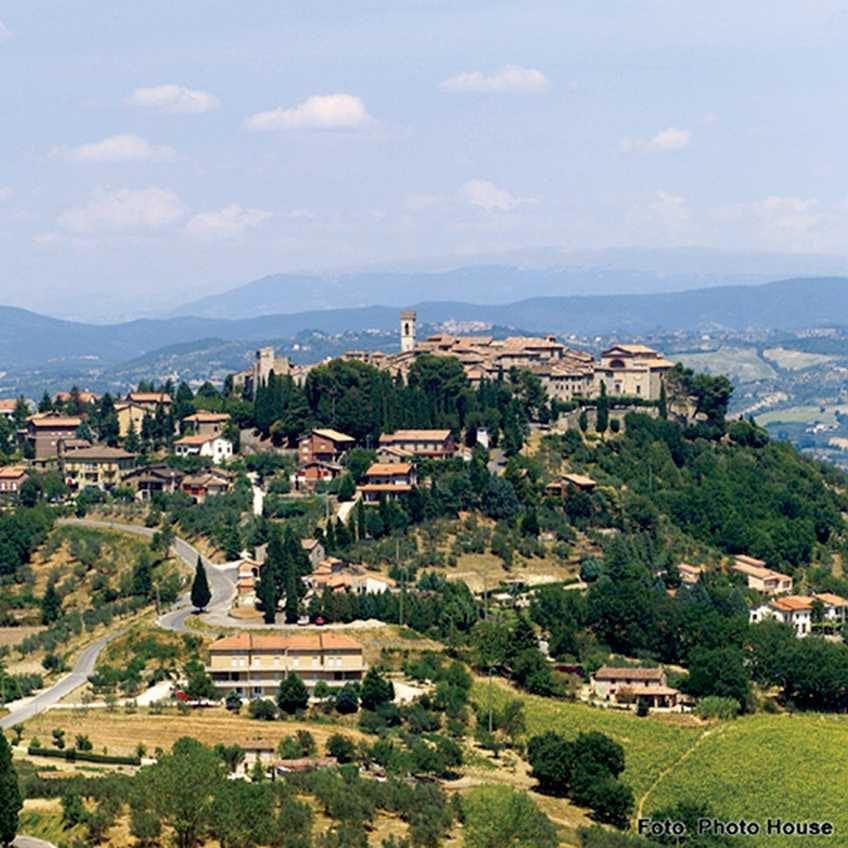 Sellano
Sellano
MUNICIPALITY OF sellano
(Perugia District)
Altitude
mt. 640 a.s.l.
POPULATION
1061
Patron saint
San Severino (June 8th)
TOURIST INFORMATION
Town hall, Ph. 0743 926622 – 0743 926623
www.comune.sellano.pg.it
 There are various hypothesis on the origin of the place name. The toponym seems to be linked to a praedium, i.e. to a land possession, and may derive from the name of a nobleman followed by the suffix of affiliation .anum. Knight Minervio ( around 1530) identified the inhabitants of Sellano as Syillates quoted by Plinio the Old in the 3rd book of his “Naturalis Historia.” A third hypothesis claims that the Borgo was built by the followers of Lucio Cornelio Silla during the civil wars (I cent. B.C.). The coat of arms of the Borgo represents Saint Michael Archangel on a saddle.
There are various hypothesis on the origin of the place name. The toponym seems to be linked to a praedium, i.e. to a land possession, and may derive from the name of a nobleman followed by the suffix of affiliation .anum. Knight Minervio ( around 1530) identified the inhabitants of Sellano as Syillates quoted by Plinio the Old in the 3rd book of his “Naturalis Historia.” A third hypothesis claims that the Borgo was built by the followers of Lucio Cornelio Silla during the civil wars (I cent. B.C.). The coat of arms of the Borgo represents Saint Michael Archangel on a saddle.
Sellano is a mountain borgo whose landscape and natural beauty have remained intact. The area is full of small hamlets, castles and manors. The Mountain has always been the source of wealth for the place: wood, coal, cereals, fruits and vineyards, all favoured by the abundance of water.
The Beautiful Parish Church dating back to 1500 preserves remarkable works of art such as a canvas of the Madonna del Rosario and a splendid wooden tabernacle, both dating back to the beginning of the VII cent. At the entrance of the Borgo stands the Church of Saint Francis or Santa Maria della Croce, with an octagonal plan, which was erected in the XVI cent. on an image of Virgin Mary. The Borgo preserves most of its defensive walls and along the streets you can admire some fine palaces with carved stone portals and windows, such as the Town Hall Palace which preserves frescoes dating back to 1500.
Postignano, a nearby fortified village which has been accurately restored, offers splendid views and artistic treasures as the Church of San Lorenzo and the <church of Sant’Agata. Worth a visiti s also the beautiful Castle of Cammoro and its churches (Santa Maria Novella and Santa Lucia).
Other interesting places in the area are: Villamagina and the Church of San Silvestro), Casale, San Martino (Parish Church), Ottaggi, Vio, Forfi (Church of Saint Peter), Pupaggi (Church of San Sebastiano), Montalbo (Church of San Severino), Mocali (Church of Sant’Anna), Apagni (Church di San Giovanni Battista), Fonni with the stunning remainings of Rocca Brigida, Petrognano, Ceseggi (Church of San Martino and Madonna del Monte), Civitella, Setri (Church of San Cristoforo), Peneggi, Piaggia, Renaro.
Between Sellano and Montesanto you can visit the beautiful Convent of Acqua Premula, reknown in the past for the healing waters.
.
A lot of country houses and hotels offer great opportunities for a relaxing holiday and a chance to enjoy the local dishes: vegetables, cereals, cheeses, chestnuts, truffles. The Fojata (a typical hand-made salty pasta dressed with vegetables and cheese) and l’Attorta (a dessert made with dried figs and raisins), celebrated during a Mid-August feast.
Another important feast, “The gold of the mills: from the earth to the bread”, is held during the first weekend of August and is dedicated to the several mills of the area.


